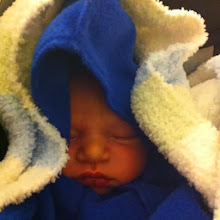
Everyone participated in painting, kids and staff alike. I directed from below, mixing colors and sending paint up the scaffolding with a make-shift pulley. Spots of color started to appear, slowly at first. A blue sky, a purple tree, a pineapple, a person. I spent months covered head to toe in paint- no joke! As the mural came together, so did the village, for what had been a construction site was now feeling more and more like a home and a family.
After every painting session, the kids stood back and marveled at what they had accomplished that day. “When I come back to visit this village with my children one day,” said one kid, “I’ll show them the clouds that I painted!”
Part of the village inauguration on June 23 was held in front of the mural, the perfect backdrop to the kids’ dancing and singing. “Who helped paint this wall?” I asked the crowd gathered at the ceremony. Almost every staff and child of the village raised a hand. It is a big and beautiful expression of the hopes of the village, a testament to what a dedicated group of people, and whole lot of paint can do, and a work of art that will be admired by visitors to the village for years to come.




